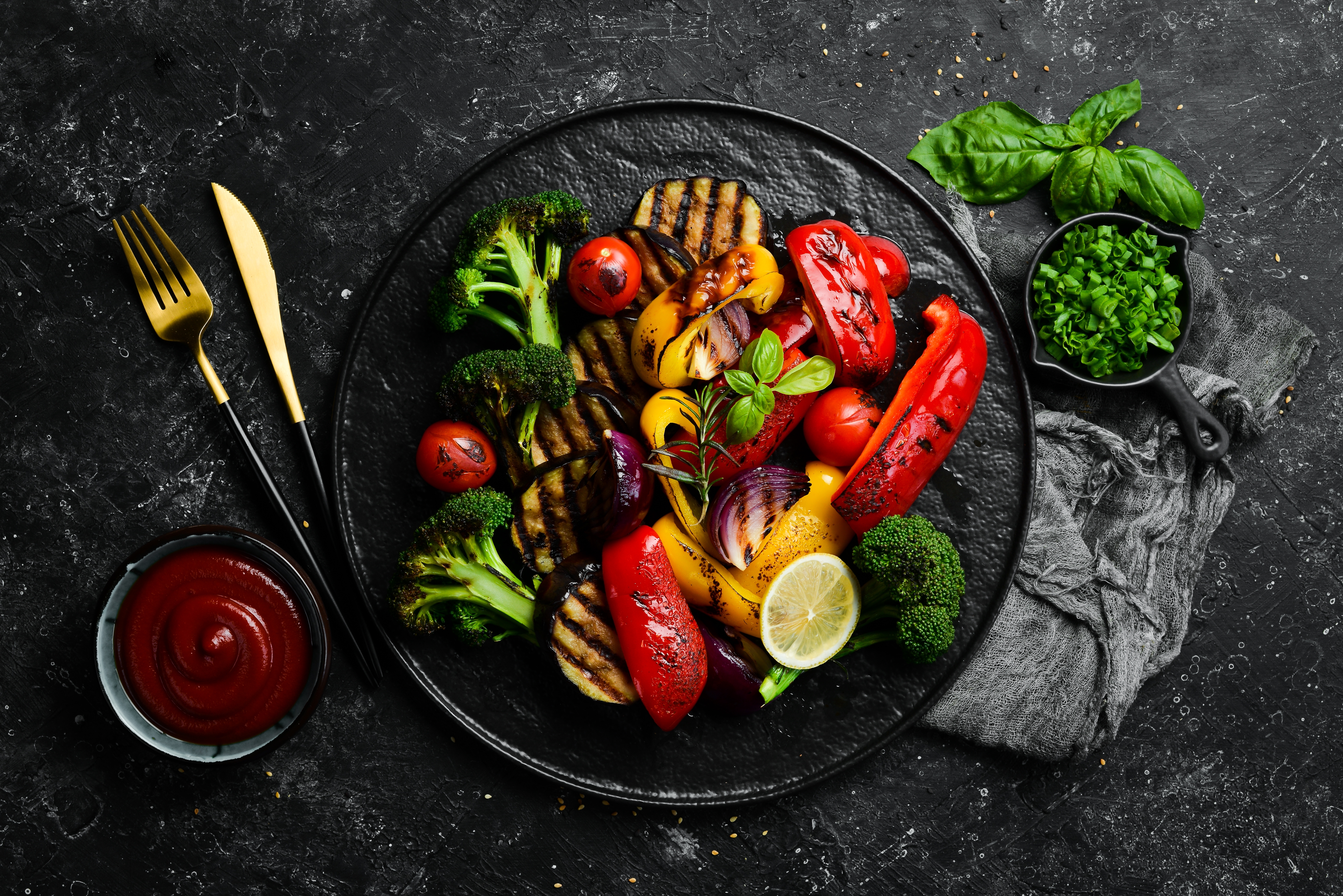How to Add More Vegetables to Your Diet
Veggies are an important source of vitamins, minerals, and other antioxidant nutrients for all humans. As we’ve learned in school as well as in life, these nutrients are essential to ensure that our bodies and minds stay happy and healthy. This rings especially true for endurance athletes. The above-mentioned compounds are key to training strong, recovering well, and having a good day out at our A events. But how can you add more veggies to your plate?
Written by Becca Blumberg, MS, RDN
Edited by Pavlína Marek
The tip to “vary your veggies” is a good one. Each differently colored vegetable (or fruit) represents diverse phytonutrients (nutrients from plants). Iron boosts our ability to carry oxygen to our muscles. From antioxidants that help us fight back against the stress of training to immune-boosting vitamin C and zinc that keep us healthy, these nutrients all work together to sustain a healthy and successful athlete. Yet most of us (dietitians included) struggle to get the recommended number of servings (about 3 cups) each day. Here are some tips to get more veggies in your life!
1. Get creative with the preparation
Many of us remember the mushy, overcooked veggies our moms or cafeteria lunch ladies served us as kids. This can turn us off of particular vegetables (or all veggies) for life. However, veggies can come alive with “dry heat” methods like roasting, sauteing, and grilling. Just toss a vegetable of your choice with some healthy cooking oil and your favorite seasonings and cook it up.
BONUS: the fat in this method of cooking helps you absorb fat-soluble vitamins (A, D, E, K)!
2. Add veggies to your main
Stir fries, fajitas, and veggie pizzas are just some examples of vegetable-heavy main courses. Tough leafy greens tend to do well in soups while veggies like eggplants, peppers, or zucchini are great on a grill. Veggie-fruit salads are a win in hot weather. You can also create a delicious veggie-packed omelet or scramble for breakfast. You’ll add more vegetables (and, therefore, vitamins, minerals, and all the other good stuff) in without even having to think about it!
3. Dress up your salads, soups, and sandwiches
You can never add too many veggies to these dishes (and yes, that includes salads). Topping sandwiches, wraps, and burgers with veggies helps you reach the recommended daily amount of minerals, vitamins, and antioxidants, as does loading up a homemade soup in the winter. You might think salad is mainly vegetables, but the more variety you can add, the better. What about throwing in a few strawberries to that lettuce-cucumber salad?
BONUS: turn your salad into a filling meal when you add some protein, grain, cheese, nuts, or other hearty toppings, and yummy dressings!
4. Think about your snacks
Veggies and a nutrient-dense dip (guacamole, hummus, black bean, creamy Greek yogurt-based dip, or nut butter) make a great snack that hits the fiber, protein, and fat trifecta for satisfaction and steady power.
5. Try new things
As we move into summer, there are a lot more opportunities to get fresh, local produce. Enjoy a stroll at the farmers market and pick up something you’ve never tried before. Throw it on a grill, in a salad, or a hearty soup, and enjoy the best the land around you has to offer!
Have fun exploring new foods, revisiting old ones, and getting creative in the kitchen as you aim to get more veggies in your diet. Your body and your taste buds will thank you for it!


